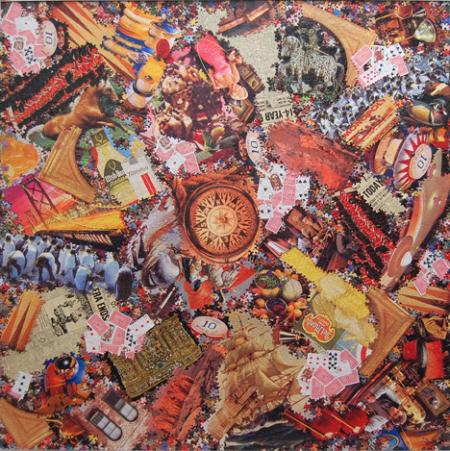
By Bob Hicks
Most Portland galleries open their new shows on the first Thursday of each month, and have a little party to go along with it: They stay open, usually, from 6 to 9 in the evening on First Thursdays. This is a big deal for galleries in the Pearl/Northwest and downtown, but it’s far from the only game in town.
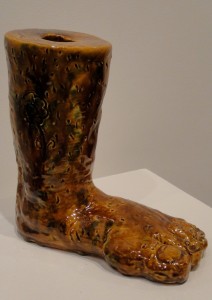 A bunch of Eastside galleries have First Friday openings instead. The renegades on Northeast Alberta opt for Last Thursdays, upsetting the applecart of neighborhood decorum in the process (although it’s not generally the gallery owners who relieve themselves drunkenly on the neighbors’ lawns). And a lot of places — the museums and college galleries, for instance — go serenely on their own schedules. Disjecta, the North Portland art center, is waiting until Saturday to open its quirky-looking show of folded miniatures, Portland Paper City.
A bunch of Eastside galleries have First Friday openings instead. The renegades on Northeast Alberta opt for Last Thursdays, upsetting the applecart of neighborhood decorum in the process (although it’s not generally the gallery owners who relieve themselves drunkenly on the neighbors’ lawns). And a lot of places — the museums and college galleries, for instance — go serenely on their own schedules. Disjecta, the North Portland art center, is waiting until Saturday to open its quirky-looking show of folded miniatures, Portland Paper City.
But First Thursday includes most of the big mainstream galleries: It’s the art walk that gets the most horn-tooting. And as the guy who has sex only one time a year says excitedly, Tonight’s the night! Mr. Scatter put together a quick guide to some of the First Thursday highlights for this morning’s Oregonian; you can see it online here.
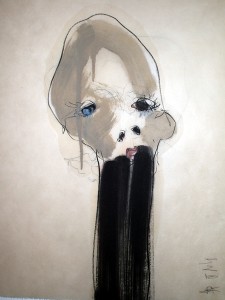 There’s more than this to it, but isn’t there always? Elizabeth Leach Gallery, for instance, holds over Matt McCormick’s historically potent video installation and photo show The Great Northwest from last month, and Bullseye Gallery does the same with Mark Zirpel’s Queries in Glass, an exhibit that merges aesthetics with the gadgetizing of 18th century and Victorian men of science.
There’s more than this to it, but isn’t there always? Elizabeth Leach Gallery, for instance, holds over Matt McCormick’s historically potent video installation and photo show The Great Northwest from last month, and Bullseye Gallery does the same with Mark Zirpel’s Queries in Glass, an exhibit that merges aesthetics with the gadgetizing of 18th century and Victorian men of science.
Speaking of the Age of Reason, you don’t need to rush out to the galleries tonight unless you really enjoy the scene. The shows will be up all month. If you’re going to look, pick a time when you can see the art without being elbowed aside by the crowds. If you want to buy — well, the earlier the better. And remember that a lot of galleries let their buying customers see the stuff a night before the official opening. That’s why, sometimes, even if you’re there on First Thursday and see a piece you really like, it already has a little red dot beside it. If you think you might want to buy, ask if you can get in early. Next month, that is.
*
ILLUSTRATIONS, from top:
- Mary Ellen Mark, “Ward 81, Oregon State Hospital, Salem, Oregon,” 1976. 11×14†Vintage Silver Gelatin; Blue Sky Gallery.
- Jeffry Mitchell, Untitled (foot vase) 2011, 10″ x10″ x 6″; glazed ceramic; Pulliam Gallery.
- Kris Hargis, “The Fifth,” 2010. Drawing: oil, conte, colored pencil, grease pencil on paper, 20.5 x 16.5 inches. Froelick Gallery.
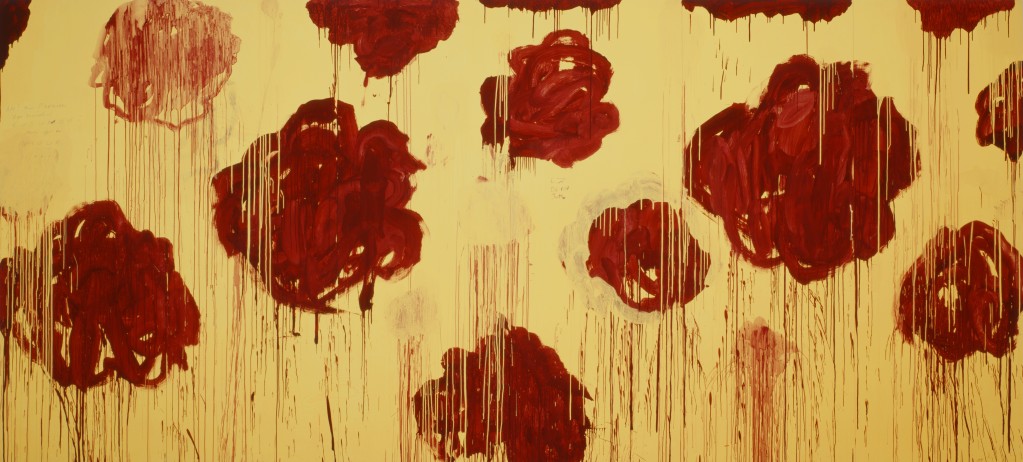
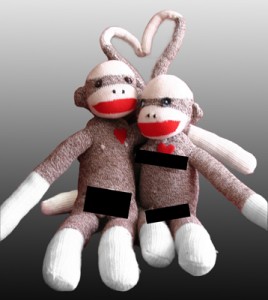 How did Valentine become linked with chubby cherubs and love arrows, let alone chocolate and Champagne?
How did Valentine become linked with chubby cherubs and love arrows, let alone chocolate and Champagne?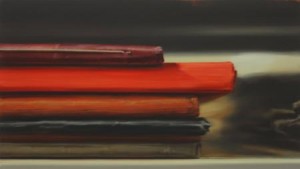 How we got here is a puzzle, and yet, here we are, at the Valentine’s Day of modern times, with all of its traditions, temptations and demands. Not, all in all, a bad place to be, unless like a dope you forget all about it and schedule a poker game with the boys instead.
How we got here is a puzzle, and yet, here we are, at the Valentine’s Day of modern times, with all of its traditions, temptations and demands. Not, all in all, a bad place to be, unless like a dope you forget all about it and schedule a poker game with the boys instead.
